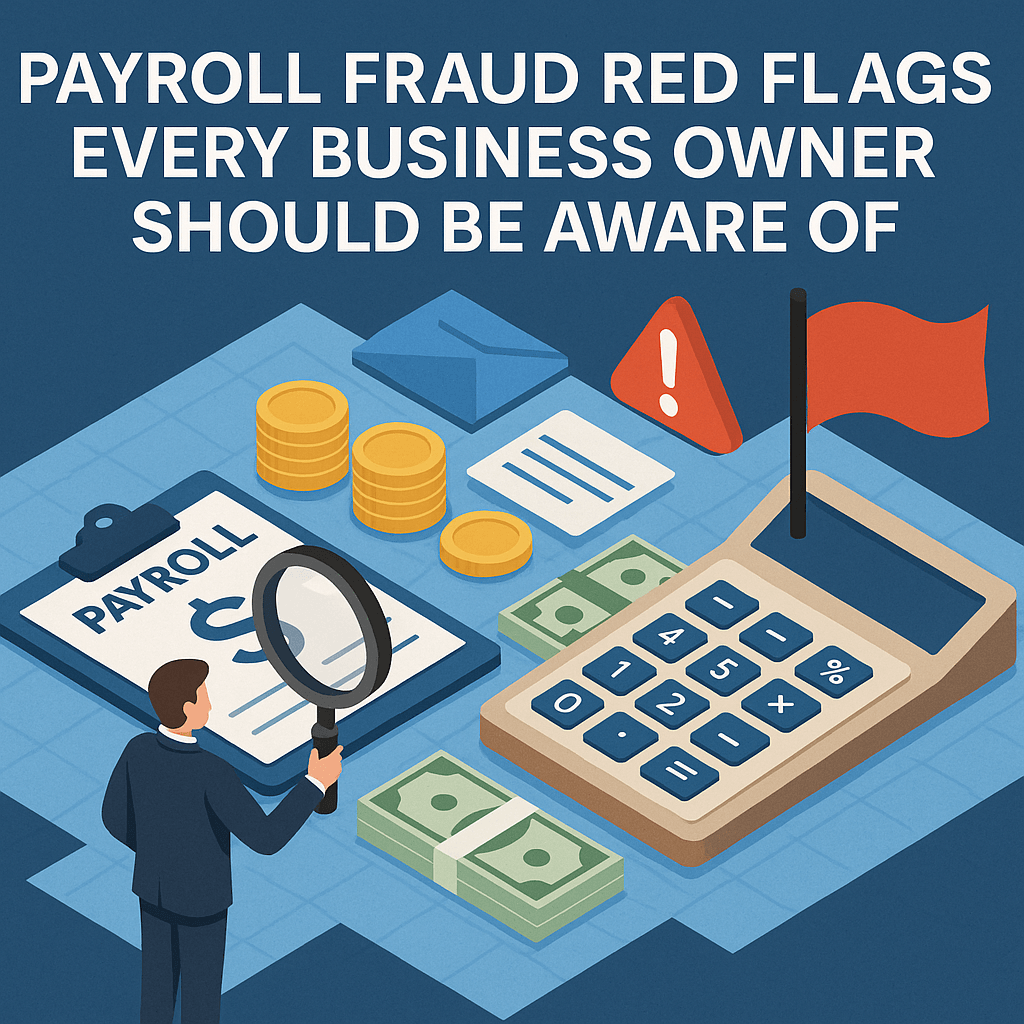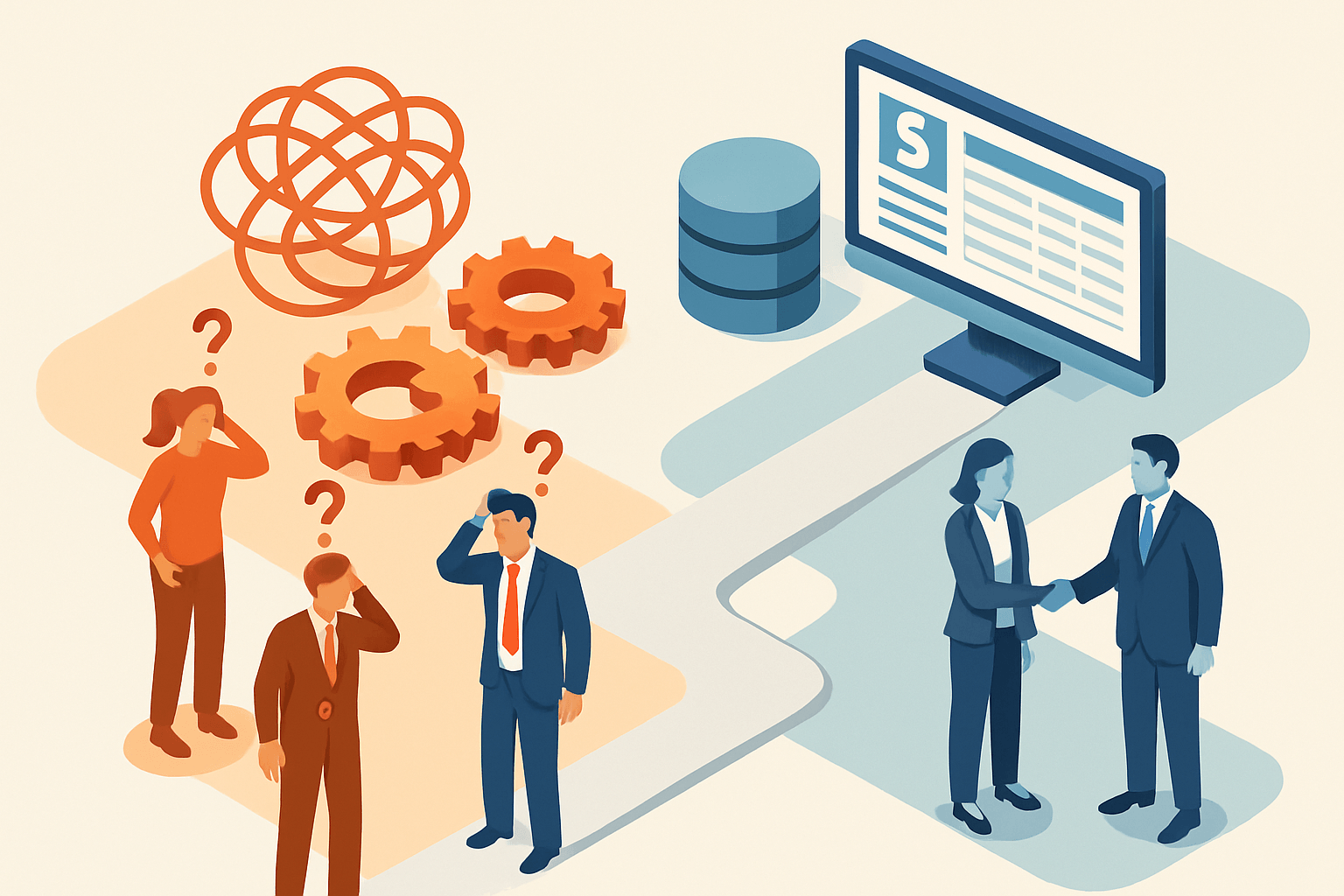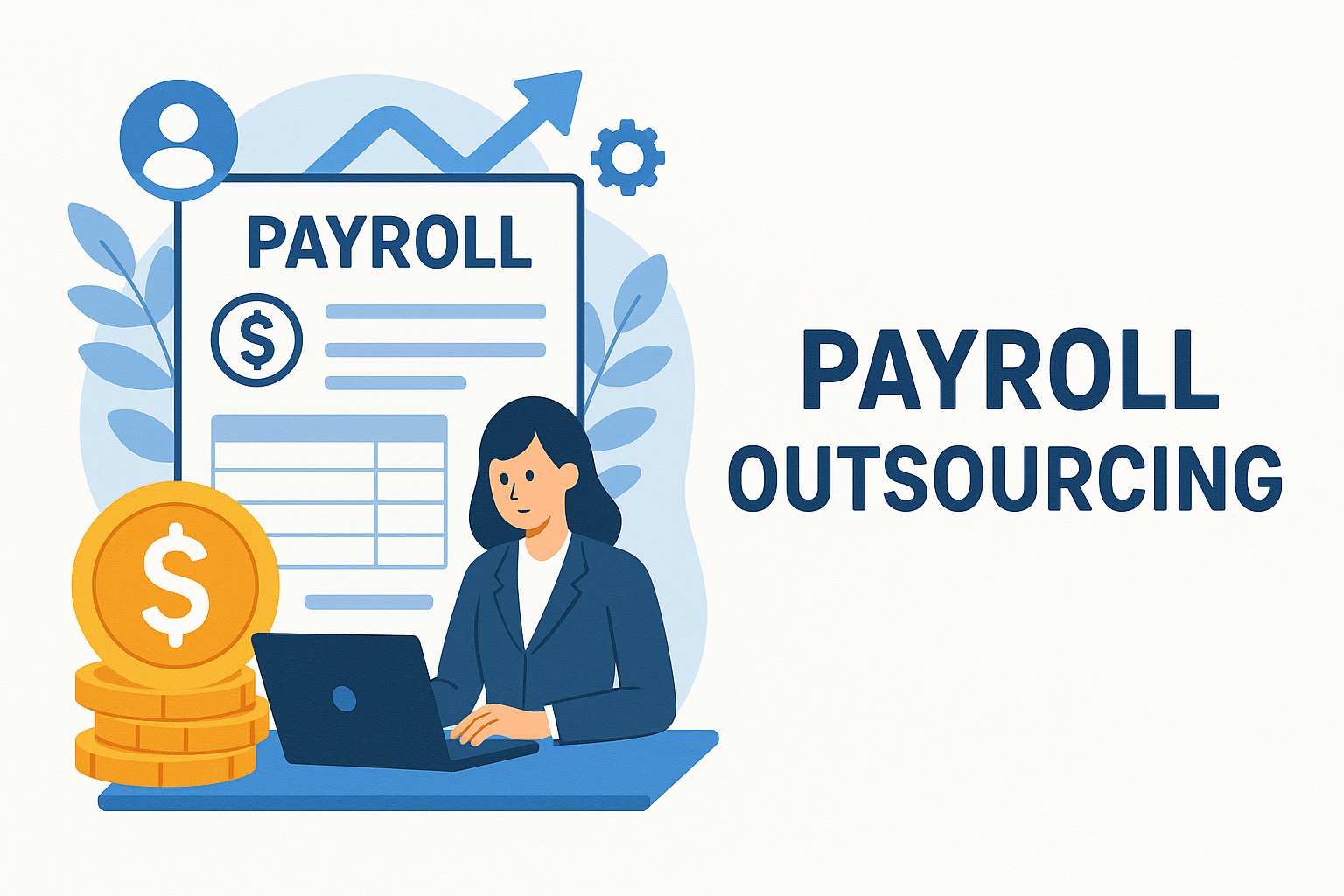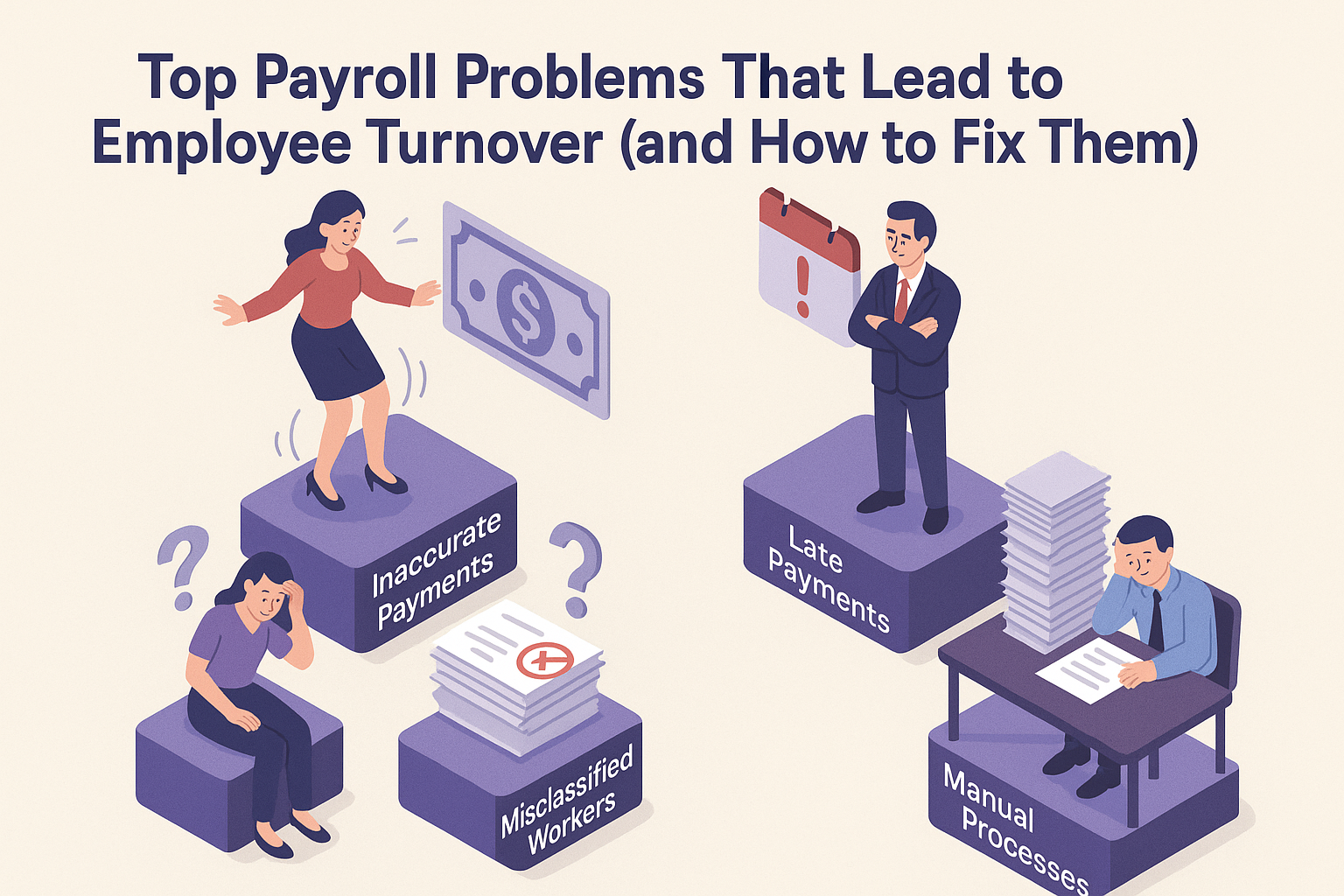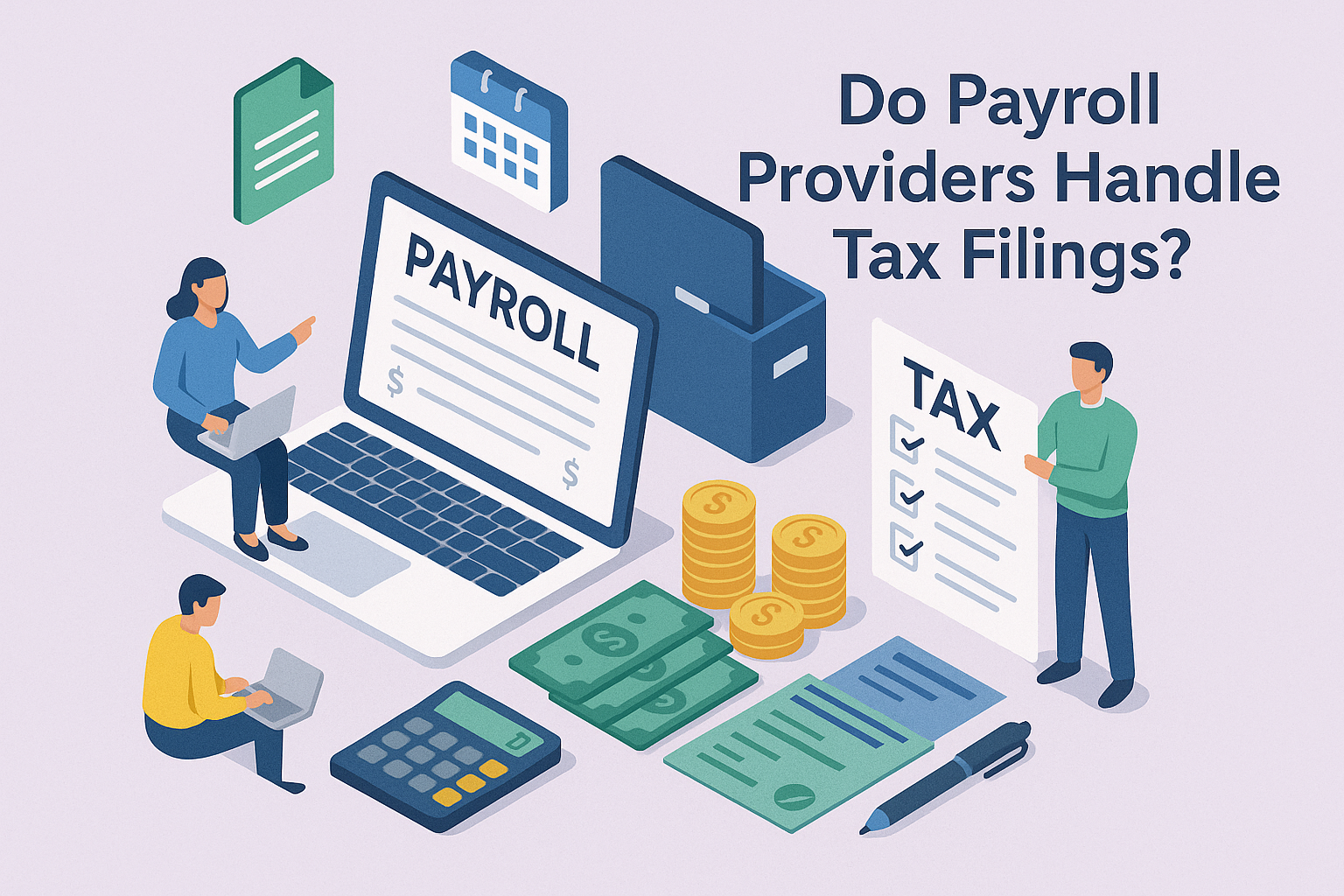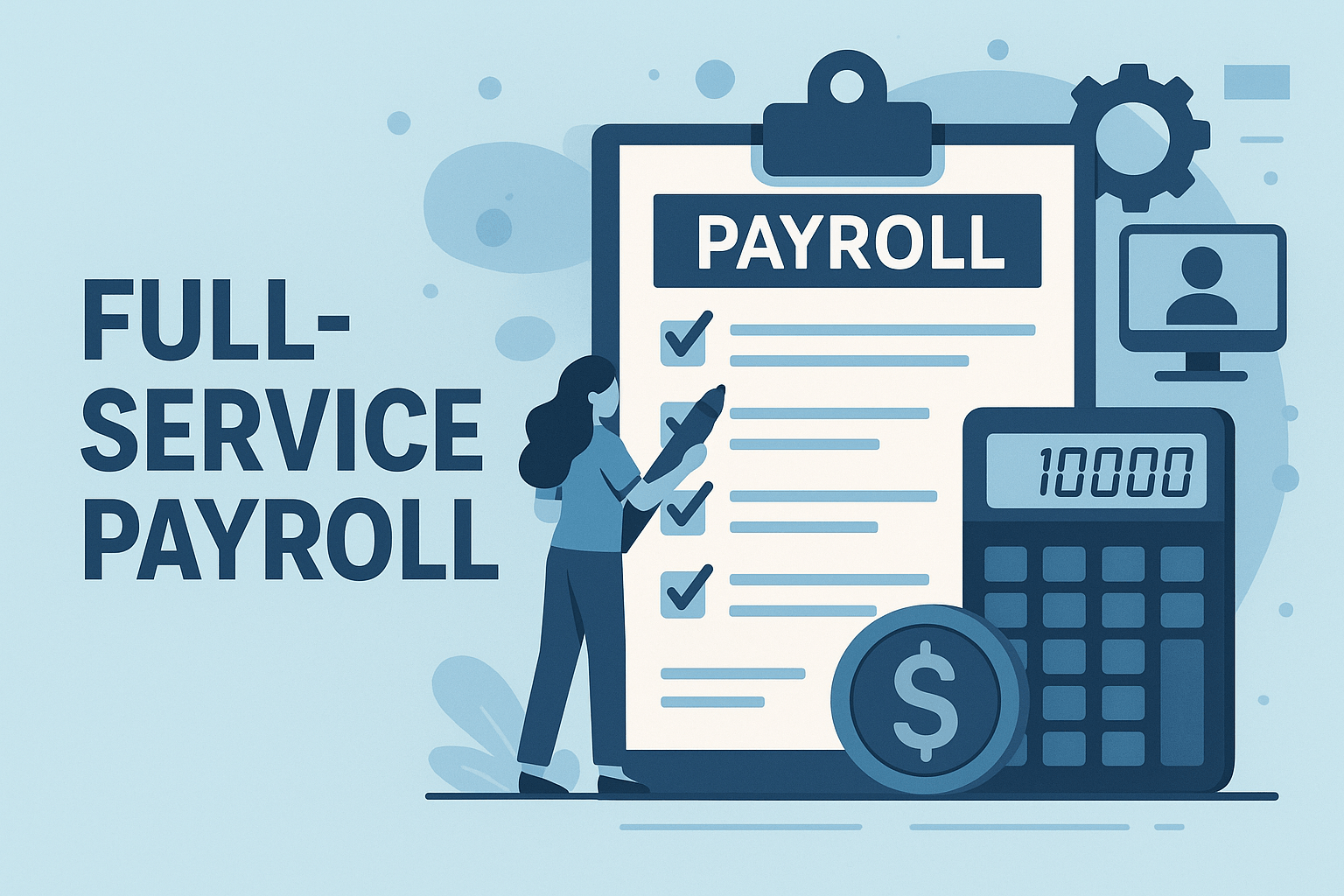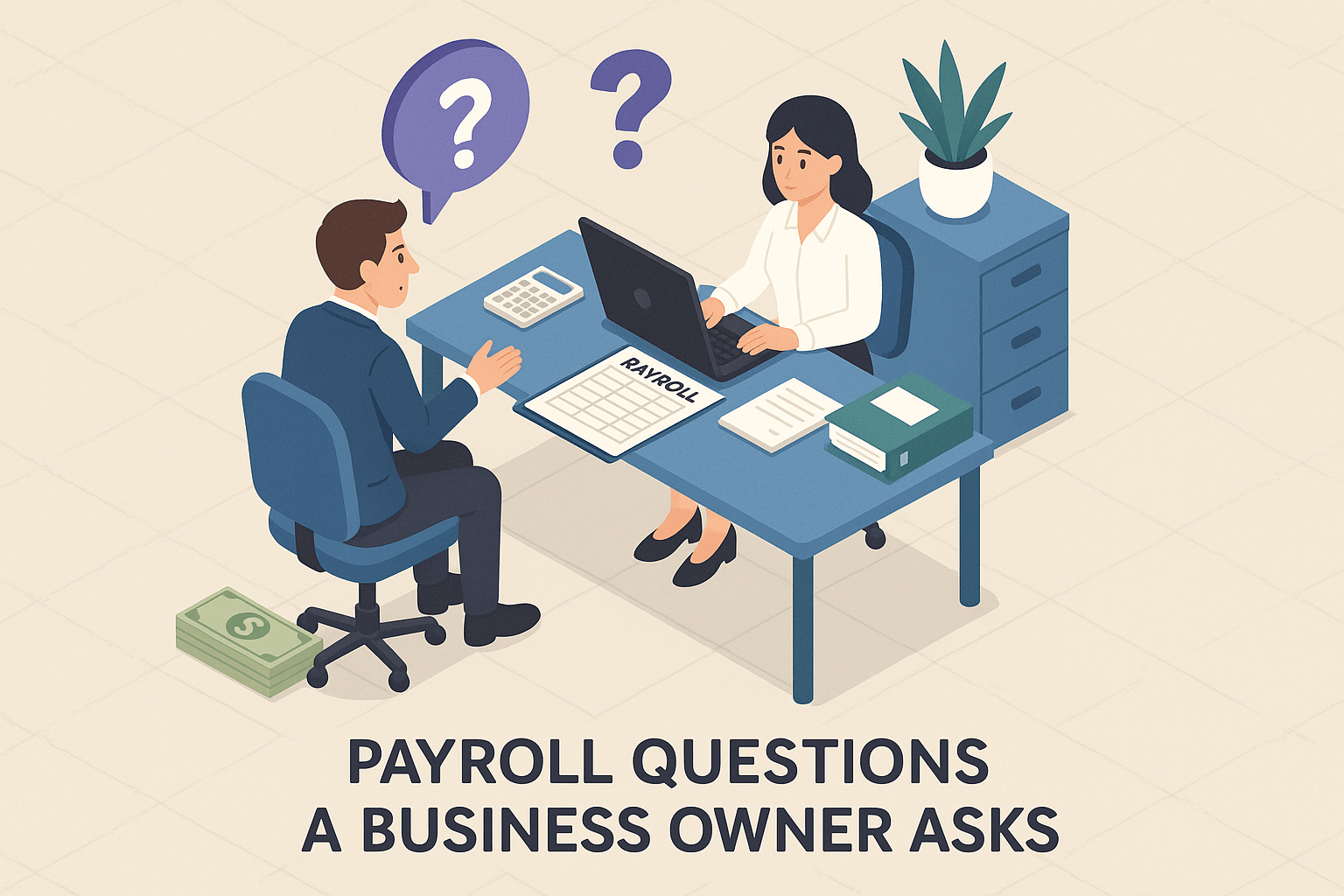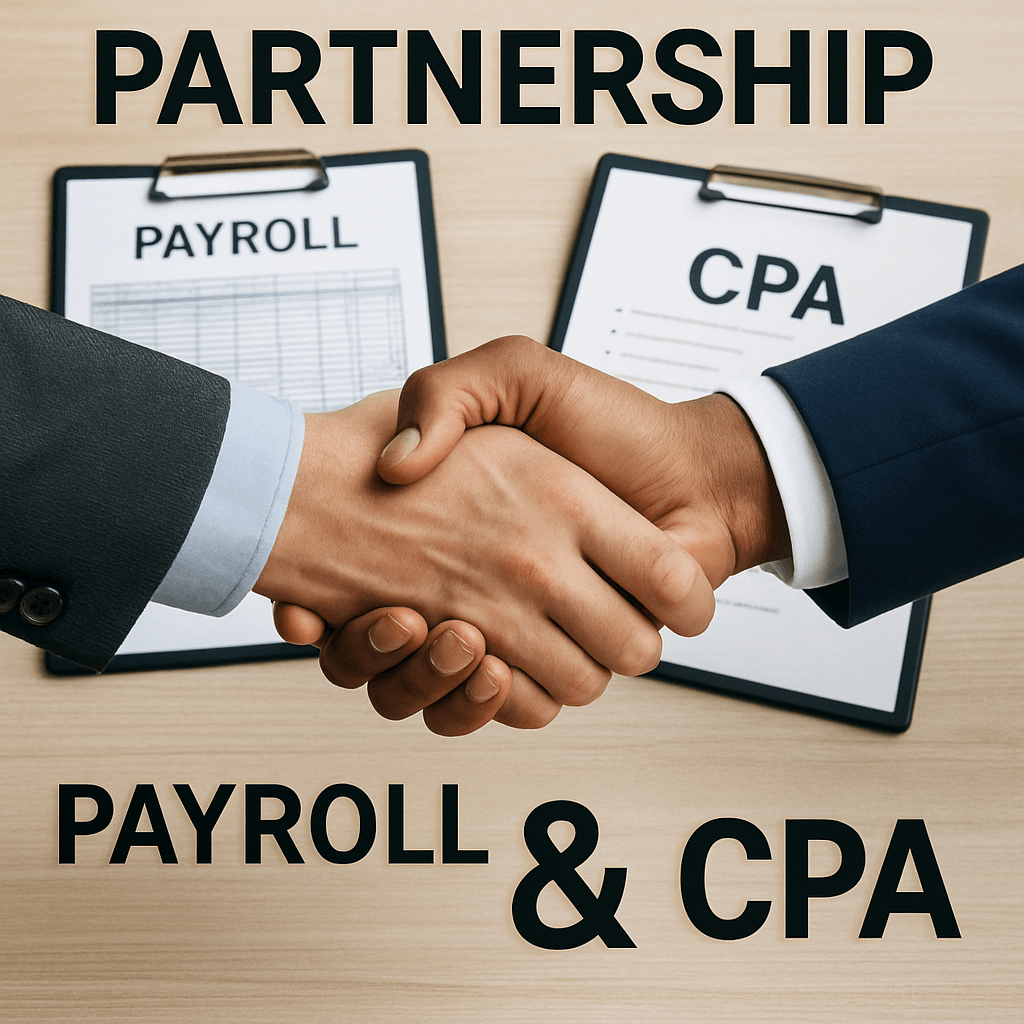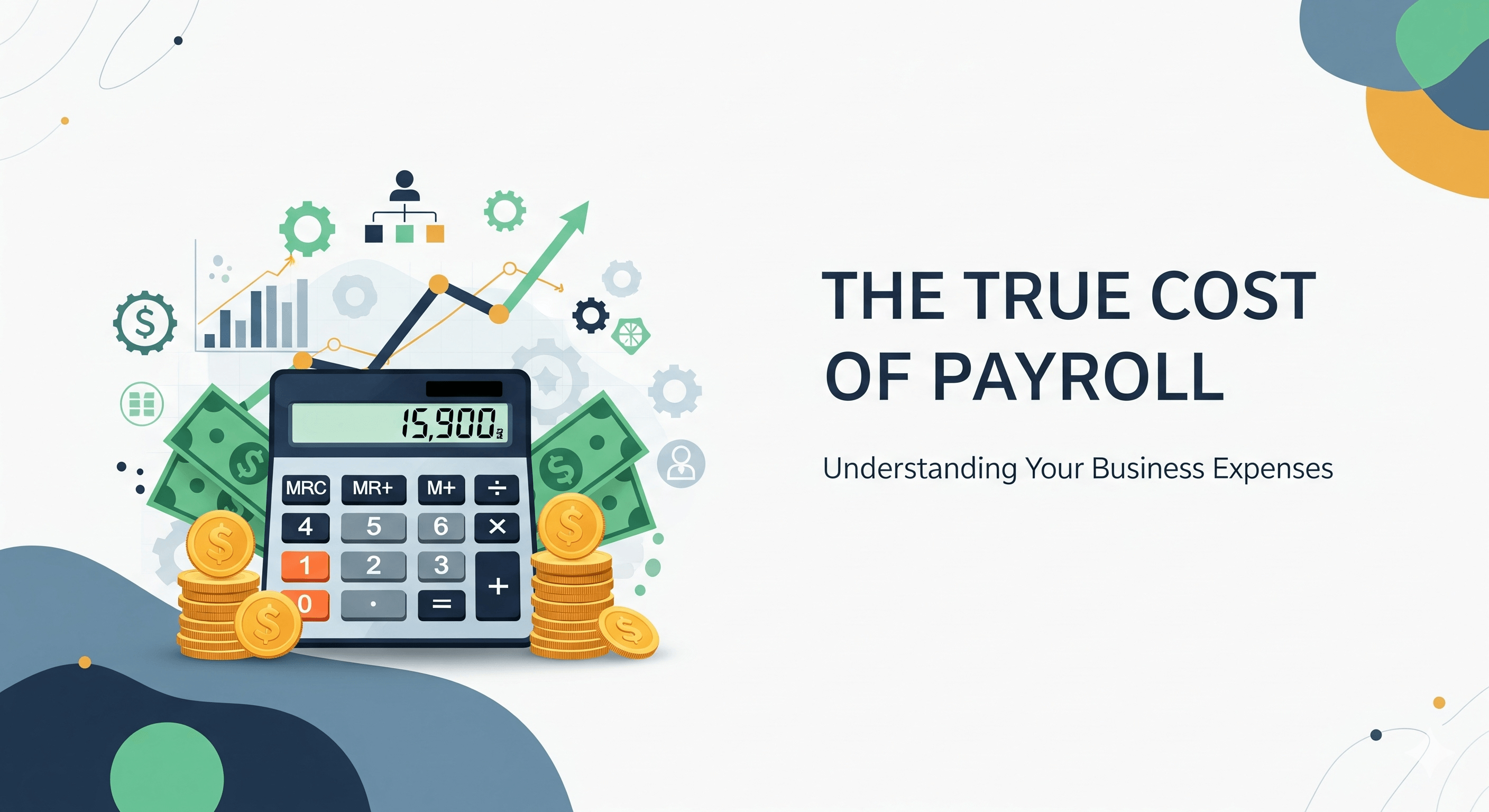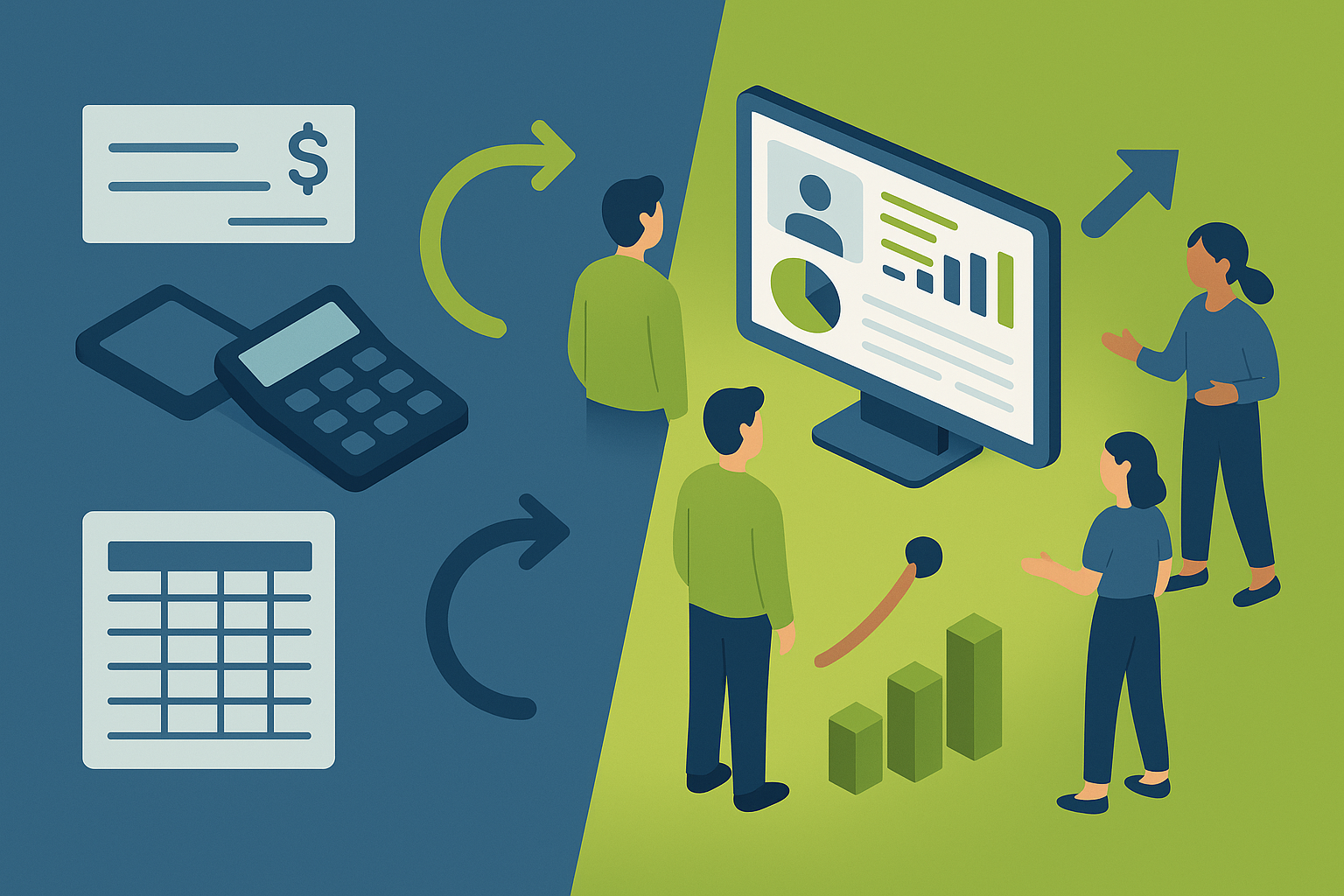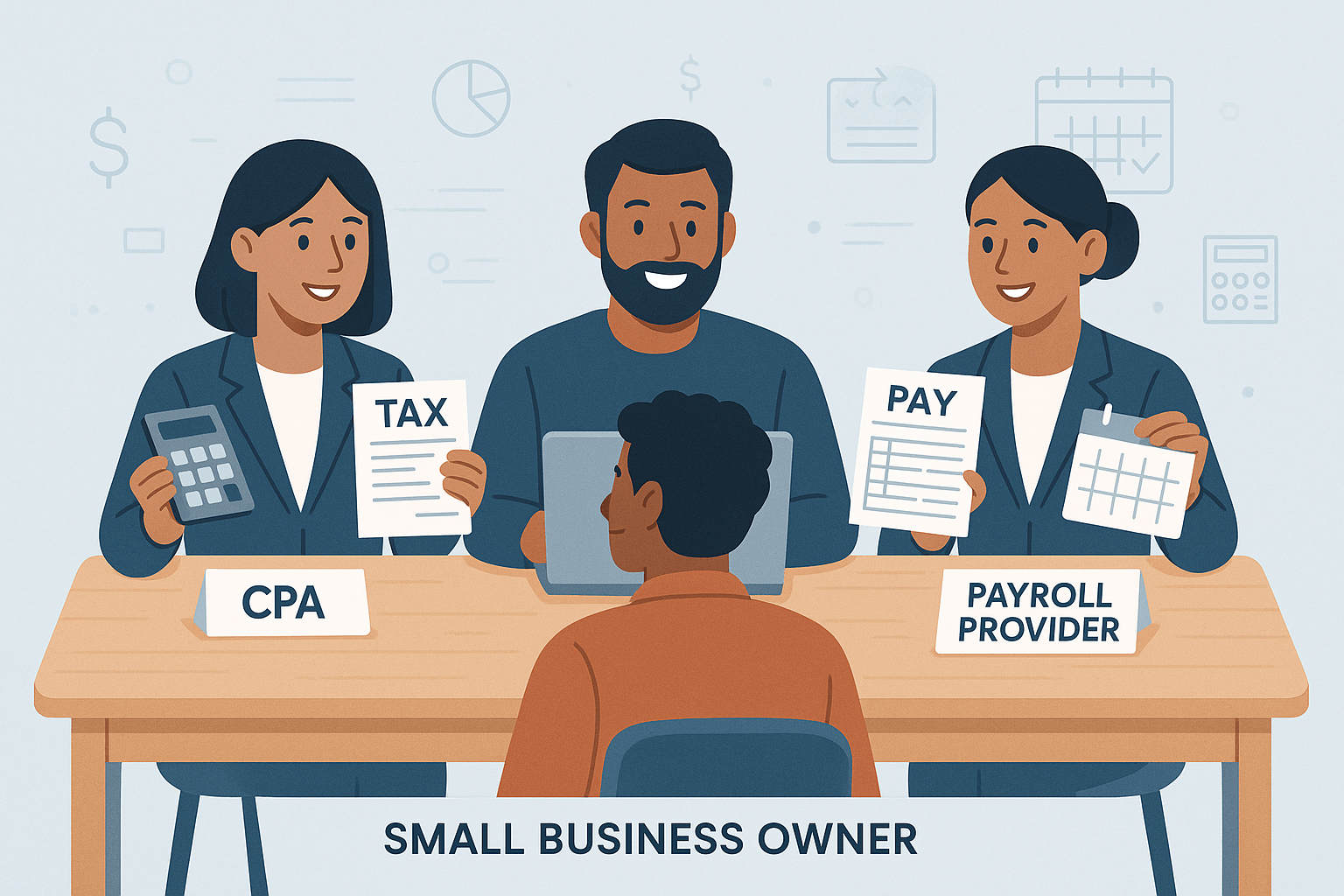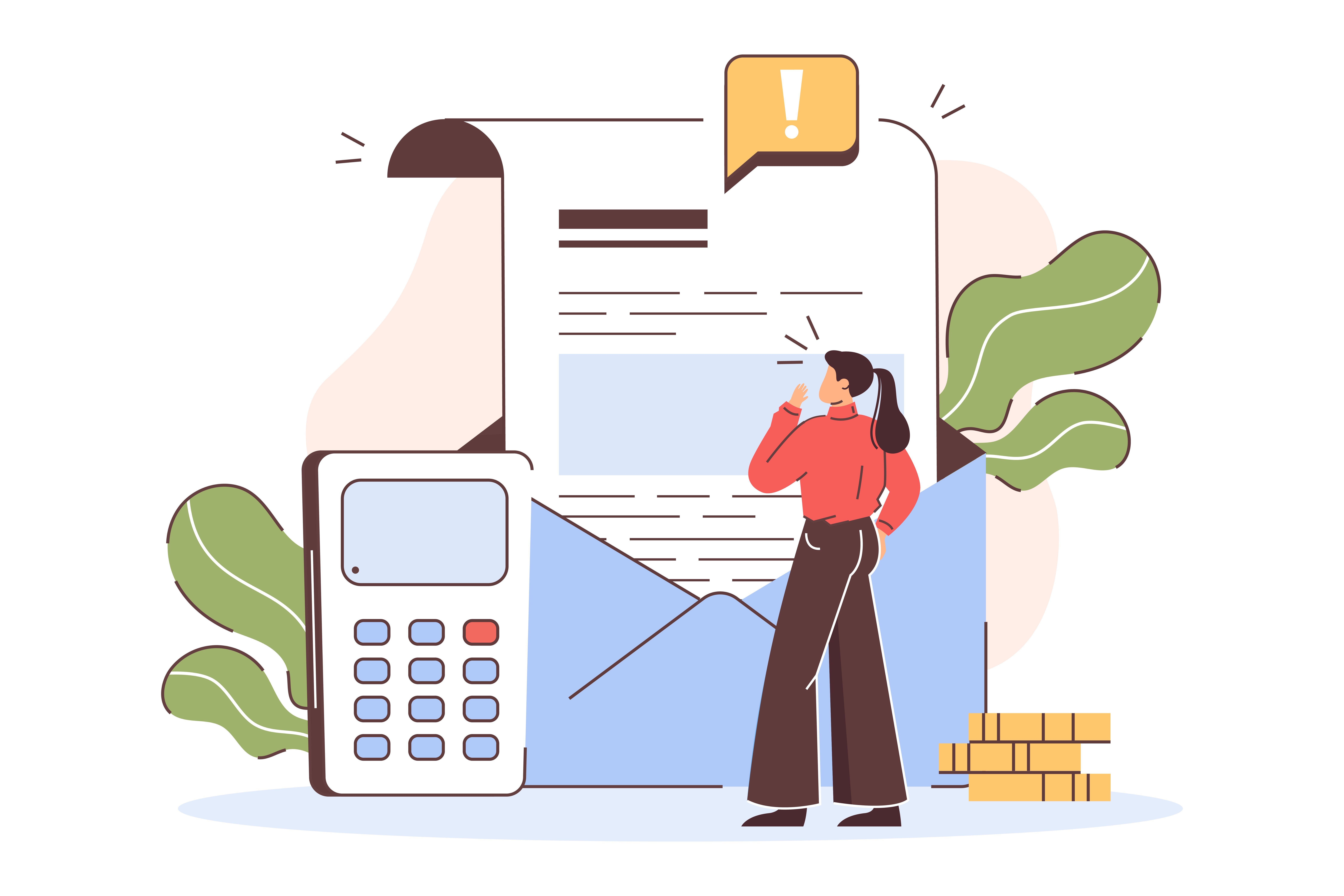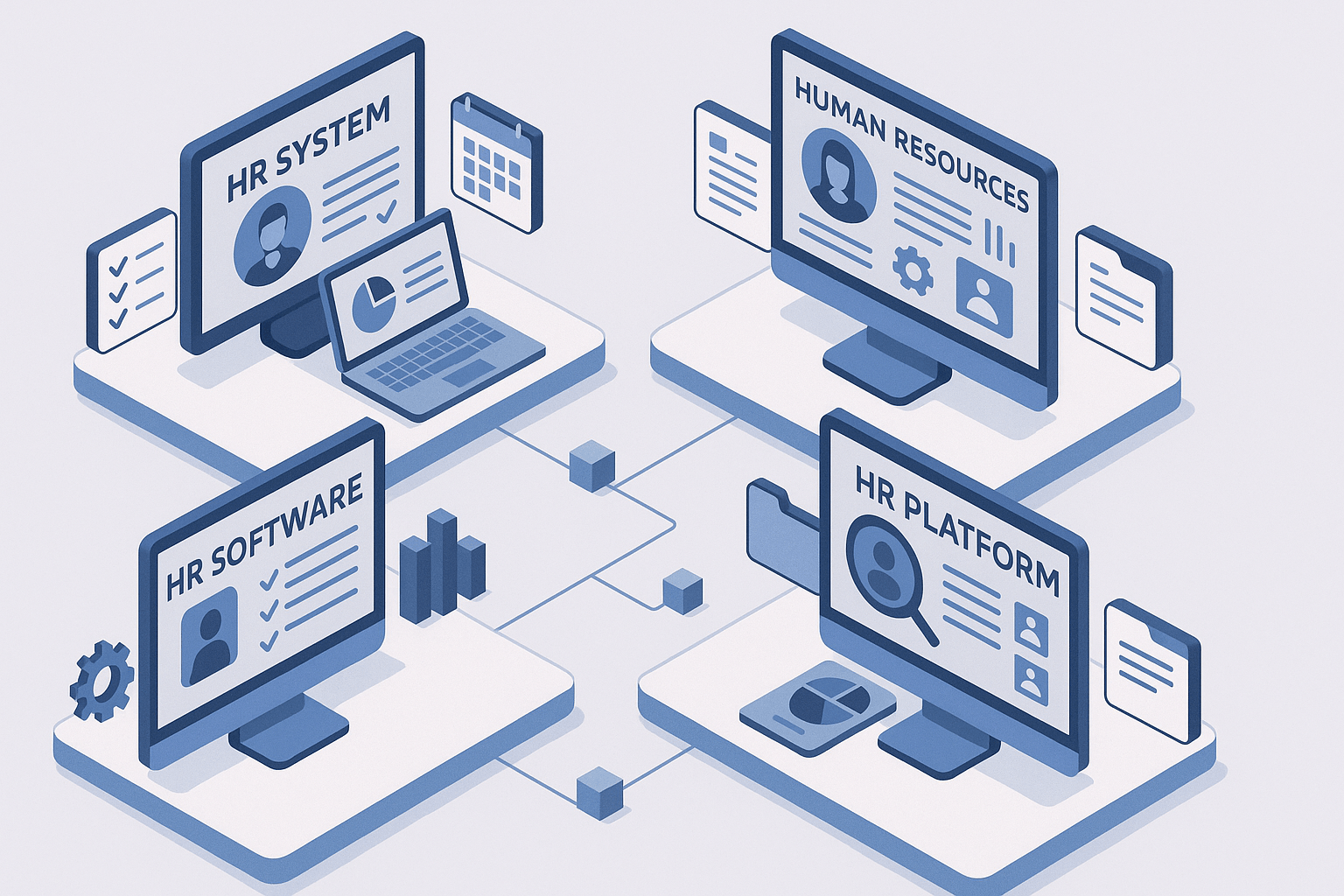6 Expert Tips for Switching Payroll Providers Smoothly
January 3rd, 2025
6 min read

Switching payroll providers can feel like stepping into the unknown. You worry about potential payroll interruptions, data migration mishaps, and the anxiety of learning a new system. These concerns are valid—payroll is the lifeblood of your business, and mistakes can ripple across your entire organization.
You’re not alone in facing this challenge. According to industry research, nearly 30% of businesses switch payroll providers every year, often driven by frustrations with outdated systems, compliance issues, or lack of support. Unfortunately, this transition can lead to payroll errors, which cost U.S. businesses billions annually in fines and lost productivity.
But here’s the good news: with the right approach, switching payroll providers can be a smooth, stress-free process. At Lift HCM, we’ve guided countless businesses through this transition. With decades of expertise in the payroll and HCM industry, we’ve identified six essential tips that will help you maintain payroll accuracy, avoid disruptions, and build confidence throughout your organization. By the end of this artcle, you’ll have a step-by-step plan to ensure your transition is seamless and your team is prepared.
Table of Contents
- Evaluate Your Current Payroll System for Improvement Opportunities
- How to Choose the Right Payroll Provider for Your Business
- Crafting a Detailed Transition Timeline
- The Right Way to Handle Data Migration and System Setup
- Communicating Changes Effectively with Your Team
- Review and Optimize
- Key Questions About Switching Payroll Providers
1. Evaluate Your Current Payroll System for Improvement Opportunities
Before making the switch, take the time to evaluate your current payroll processes and identify any shortcomings. Consider factors such as the size of your workforce, the complexity of your payroll needs, and any specific features you require from a new provider. This assessment will help you choose a provider that aligns with your business goals.
Key Areas to Examine:
- Performance Gaps: Are payroll errors or compliance issues recurring problems?
- Integration Shortfalls: Does your system lack integration with accounting or HR tools?
- User Feedback: What frustrations do your employees or payroll team experience?
Pro Tip:
Create a wishlist of features for your new payroll system, such as automated tax filings, self-service portals, or robust reporting capabilities.
💡 Did You Know? Inefficient payroll systems can cost small businesses an average of $845 annually per employee in lost productivity according to BusinessDasher.
2. How to Choose the Right Payroll Provider for Your Business
Once you have a clear understanding of your needs, begin researching potential payroll providers. Look for companies with a strong reputation, positive customer reviews, and a proven track record in your industry. Don't hesitate to ask for recommendations from peers or industry associations to find reliable options.
What to Look For:
- Scalability: Will the system grow with your business?
- User Experience: Is it intuitive for employees and HR teams?
- Compliance Support: Does it adhere to federal, state, and local payroll laws?
3. Crafting a Detailed Transition Timeline
Creating a detailed transition timeline is crucial for a smooth switch. Outline key milestones, such as when to notify your current provider, when to set up the new system, and when to run parallel payrolls. A well-structured timeline will help you stay organized and ensure that all necessary steps are completed on time.
Steps to Take:
- Set Milestones: Define dates for contract signing, data migration, testing, and go-live.
- Avoid Busy Periods: Transition outside of peak payroll cycles or fiscal year-end.
- Allocate Resources: Dedicate time and personnel for training and potential delays.
Pro Tip: Break the process into manageable phases to reduce overwhelm.
.png?width=653&height=548&name=switching%20payroll%20providers%20timeline(1).png)
4. The Right Way to Handle Data Migration and System Setup
Data migration is a critical phase of the transition. Inaccurate or incomplete data can derail your payroll process.
Best Practices:
- Data Audit: Ensure your records are accurate before migration.
- Parallel Testing: Run old and new systems concurrently for a few cycles to identify discrepancies.
- Issue Resolution: Address anomalies promptly before the official go-live date.
Pro Tip: Ensure your provider uses secure data encryption during the migration process to protect sensitive information.
📌 Did You Know? According to IBM's latest data breach report, the average cost of a data breach for U.S. businesses in 2023 is $4.45 million per incident.
.jpg?width=973&height=307&name=checklist(1).jpg)
5. Communicating Changes Effectively with Your Team
Transparency is key when switching payroll providers. Inform your employees about the upcoming change and what it means for them. Provide them with details on how the transition will affect their pay schedules, tax withholdings, and any new features they can expect. Open communication will help alleviate concerns and foster trust.
Strategies to Follow:
- Early Announcements: Notify employees well in advance.
- Training Resources: Offer tutorials and hands-on guidance for using new tools.
- Designated Support: Appoint a contact person for employee questions or concerns.
Clear, proactive communication reduces anxiety and builds confidence in the new system. In fact, according to research, a significant majority of employees, around 70%, report feeling more confident in using new systems when they receive hands-on training, highlighting the importance of practical experience in employee onboarding and system adoption
6. Review and Optimize
After the transition is complete, take the time to review the new payroll system's performance. Gather feedback from employees and assess whether the new provider meets your expectations. Use this opportunity to optimize your payroll processes further, ensuring that you are getting the most out of your new provider.
Proactive Measures:
- Regular Audits: Periodically review payroll data to catch errors.
- Feedback Collection: Encourage employees and payroll teams to share their experiences.
- Provider Check-Ins: Maintain regular communication with your new payroll provider for updates and support.
This proactive approach keeps your payroll system efficient and fosters a strong provider partnership.
Key Questions About Switching Payroll Providers
Q: What are the key steps to switch payroll providers smoothly?
Q: What are the key steps to switch payroll providers smoothly?- Research and select a new provider.
- Review your current payroll contract for termination terms.
- Gather necessary employee and business data.Set a clear transition timeline with the new provider.
- Run parallel payrolls (old and new systems) for one cycle to ensure accuracy.
Q: How do I choose the right payroll provider for my business?
- Identify your business needs (e.g., tax filing, employee self-service).
- Check for user-friendly software and features.
- Compare pricing and services.
- Read reviews and ask for recommendations.
- Verify compliance expertise and customer support availability.
Q: When is the best time to switch payroll providers?
- At the start of a new quarter or fiscal year, when tax data resets.
- After running the last payroll of a year to avoid mid-year complications.
Q: What information do I need to provide to a new payroll provider?
- Employee details (names, addresses, SSNs, payment info).
- Tax forms (W-4s, I-9s).
- Pay history and benefits information.
- Federal and state tax IDs.
Q: How can I ensure a seamless data transfer between payroll providers?
- Double-check the accuracy of the data you're providing.
- Work closely with both providers to coordinate the transfer.
- Encrypt sensitive data for secure transfer.
- Review data thoroughly before running the first payroll.
Q: What are the common mistakes to avoid when switching payroll providers?
- Not reviewing your current contract for termination fees.
- Rushing the transition without a proper timeline.
- Failing to verify data accuracy during the transfer.
- Not training your team on the new system.
Q: How do I notify my employees about the payroll provider switch?
- Send a clear email or memo explaining the change.
- Outline any differences employees may notice (e.g., pay stubs, login process).
- Provide training or resources for the new system if needed.
Q: How long does it typically take to switch payroll providers?
- It usually takes 4-6 weeks, depending on the complexity of your payroll and the new provider’s onboarding process.
Q: Can I switch payroll providers mid-year without causing issues?
- Yes, but you must provide year-to-date payroll data to the new provider to ensure accurate tax filings.
Q: What should I look for in a payroll provider’s contract?
- Clear pricing structure and cancellation terms.
- Details on included and optional services.
- Data security protocols.
- Customer support and training availability.
Q: How do I handle compliance issues during the switch?
- Verify the new provider’s compliance expertise.
- Provide accurate employee and tax data.
- Double-check tax filings and ensure deadlines are met during the transition.
Q: What role does a project lead play in transitioning to a new payroll system?
- Coordinates between your company and the new provider.
- Oversees the data transfer process.
- Ensures timelines are met and issues are addressed promptly.
Q: How can I compare pricing and services among payroll providers?
- Request detailed quotes from multiple providers.
- Compare base fees, add-ons, and any hidden charges.
- Review service features such as tax filing, reporting, and integrations.
Q: What support should I expect from my new payroll provider during the switch?
- A dedicated onboarding specialist or team.
- Training resources for your staff.
- Assistance with data transfer and setup.
- Ongoing support to resolve any issues.
Q: How do I verify the accuracy of payroll data after the transition?
- Run a test payroll before going live.
- Cross-check employee details, tax rates, and pay amounts.
- Audit the first live payroll for errors.
Q: What are the benefits of switching to a new payroll provider?
- Improved features and functionality.
- Better customer support and compliance expertise.
- Cost savings and more transparent pricing.
- Access to modern technology and integrations.
Make Your Transition Smooth with Lift HCM
Switching payroll providers doesn’t have to be daunting. By assessing your current system, researching providers, planning carefully, managing data, communicating effectively, and monitoring progress, you can ensure a seamless transition.
At Lift HCM, we specialize in simplifying payroll transitions for businesses of all sizes. Our solutions include secure data migration, compliance support, and tailored training programs to set you up for long-term success.
Ready to switch?
Contact Lift HCM today to learn how we can transform your payroll system into a powerful business asset.
To avoid common pitfalls and ensure your payroll process is always optimized, check out 10 Common Payroll Mistakes/Errors (And How To Avoid Them).
Caitlin Kapolas is a results-driven professional with a strong background in account management and retail. She is dedicated to improving client experiences and building lasting relationships. Caitlin excels in identifying client needs, resolving issues, and implementing customized solutions that drive value. Her effective communication skills ensure high client satisfaction and loyalty, making her a trusted advisor and partner in meeting client needs with precision and professionalism.







